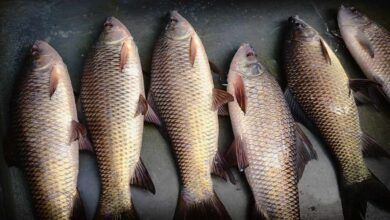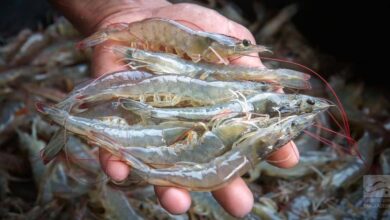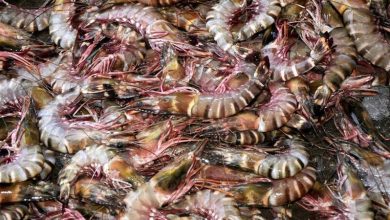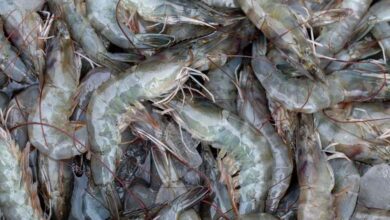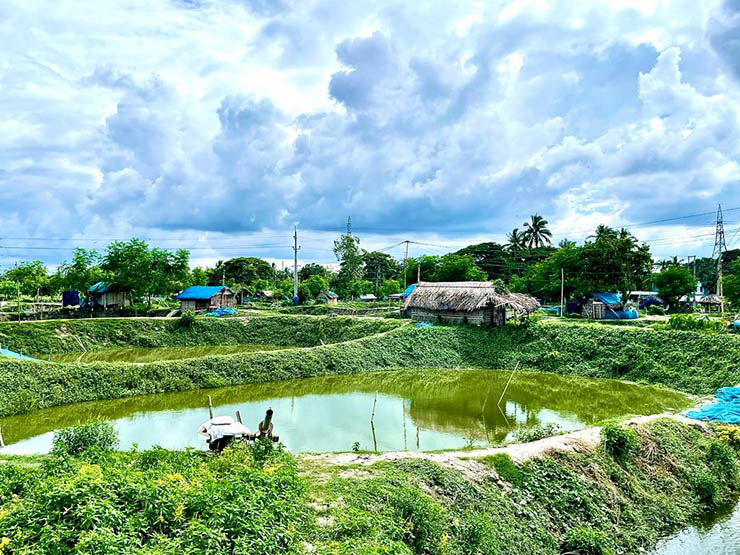
Aquaculture is growing all the time; it contributes a very important part in the world’s food supplies. However, sustainable production coupled with high yields depends upon the health as well as welfare of aquaculture species. Apart from food safety impacts, disease has got some potentially disastrous outcomes in economy coupled with ecology. The good strategy for prevention from disease and keeping a track record of health will contribute to healthy stock of an operator in aquaculture along with reducing risks.
Importance of Aquaculture Disease Prevention
Amongst all the risks, diseases are considered one of the major threats in aquaculture species. The diseases spread in a very rapid manner in high-density farming systems. Some of the important reasons for prioritizing disease prevention include:
- Economic Impact: It means that once a disease outbreak occurs, economic loss through reduced production and mortalities are the result; therefore, the costs of treatments of sick fish increase accordingly.
- Sustainability: Absence of diseases rules out the use of antibiotics and chemicals, hence reducing environmental degradation.
- Food Safety: Healthy aquaculture stock ensures that whatever is consumed by the end user or customer is safe for their consumption.
- Conservation: Prevention methods reduce the possibility of wild species getting infected with a certain pathogen.
Aquaculture Species Diseases
Identifying the aquaculture species diseases is the first step to better management of the same. Diseases are normally bacterial, viral, fungal, and parasitic. Examples are:
Bacterial Diseases
- Vibriosis: Infection in shrimp, fish, and shellfish. Symptoms include loss of appetite and lethargy, skin lesions.
- Aeromoniasis: Common in freshwater fish. It leads to ulcers, fin rot, and septicemia.
Viral Diseases
- White Spot Syndrome Virus (WSSV): an extremely serious disease of shrimp farming. It causes high mortality within days.
- Infectious Salmon Anemia (ISA): It affects salmon, causing pale gills and swelling.
Fungal Diseases
- Saprolegniasis: It affects the eggs and juveniles of fish, causing white cotton-like growth on the skin or gills.
Parasitic Diseases
- Sea Lice: It is a common parasite in salmon farming. It causes skin damage and stress.
- Ichthyophthirius multifiliis (Ich): It causes white spots on the body and fins of fish.
Key Strategies for Aquatic Disease Prevention
Aquatic disease prevention is effectuated through being proactive and optimal environmental conditions. The following are the key strategies:
Biosecurity Measures
Biosecurity remains very key in preventing entry and spread of diseases. Some of the key practices include:
- Quarantine: The isolation of new stocks, observing them before actual introduction to the main population.
- Sanitation: Cleaning tanks and ponds together with equipment, instruments within a radius of farms to prevent disease causative agent accumulations.
- Limiting Access: Grant access to as few people as possible and let the least numbers of vehicles that would not facilitate the contamination aspects towards the areas within the farms’ radius.
Water Quality Management
A wholesome Aquatic Environment would minimize the degree of stress resulting in reduced diseases. Some important things to be checked:
- Dissolved Oxygen: DO at optimum levels to avoid hypoxia.
- pH Levels: Stable and appropriate pH for the species being cultivated.
- Ammonia and Nitite Levels: The levels of these compounds should be maintained low through effective filtration and renewal of water.
- Temperature: Extreme changes in temperature should not occur, as such changes are stressful to the species.
Vaccination Programs
Vaccines help protect aquaculture species from known pathogens. Benefits include:
- Long-term immunity against prevalent diseases is attained.
- The use of antibiotics is reduced.
- The survival and production are improved.
Adequate Nutrition
Good nutrition also enhances the immunity of the aquaculture species. Areas of concern are outlined below:
- Complete nutritional and species-specific feeds should be supplied.
- Probiotics and additives enhances gut health/infection resistance.
- In addition, do not waste food that might deteriorate the water quality.
Health Monitoring
Regular health monitoring of stock enables early diagnosis of disease problems well before a general incidence assumes serious proportions.
Approaches
- Visual observations for signs of abnormality and changes in behavioral patterns.
- Rocinela Sampling for pathological examination to identify causative agent.
- Health records, which give a time-course of health trends.
Health Monitoring Techniques
Aquaculture health monitoring can be defined as the routine and systematic assessment of the health condition of a particular species in culture. Health monitoring encompasses many techniques and equipment, which are as follows:
Behavioral Observations
Observe symptoms of fish, such as loss of appetite or erratic feeding behavior, listlessness or erratic swimming behavior, and aggression or isolation.
Water Quality Testing
Periodically monitor water parameters through:
- DO, pH, and temperature by use of handheld meters.
- Ammonia, nitrites, and nitrates by using test kits.
- Online monitoring systems for continuance of data.
Pathogen Detection
Diagnosis of pathogens by microscopic examination of gill and skin scrapes, PCR for viral and bacterial DNA, ELISA to detect antigens.
Growth Performance Monitoring
Growth rates, FCR, and survival rates monitor overall health. Application:
- Periodical weighing and measuring of stocks.
- Automatic systems for collection of growth data.
Early Detection and Rapid Response
The early detection of the disease stops the aggravation of the outbreak. Apply the following:
- Frequency Health Control: In days or weeks, as the species requires and the productive system.
- Immediate Isolation: To withdraw the affected animals from production to stop their further spread.
- Consultation: Consultation with Veterinarians and Aquaculture Health Professionals shall be made regarding diagnosis and treatments.
- Medical Treatment: Focus Treatment to be provided; Antibiotic Courses and anti-fungal Courses should be administered on the recommendation of the concerned experts.
Role of Technology in Prevention and Monitoring Diseases
Needless to say, technology has been playing an enabling role as far as increase of efficiency related to the prevention and monitoring of diseases is concerned. Examples include:
- Automatic Water Quality Sensors: These continuously monitor the water quality, informing the farmer about its alteration which will reach a critical level where no action may be taken.
- Machine Learning Models: Artificial intelligence-driven tools predict health trends in outbreaks concerning a disease, informed by data from historical and environmental records.
- Remote Monitoring Systems: With the use of smartphones and their apps today, operations can be monitored from a distance for quick responses whenever something goes wrong.
- Digital Health Records: Record stock health, water quality, and treatment in cloud-based systems for easy management.
Benefits of Effective Disease Prevention and Monitoring
Benefits to be attained from strong strategies in implementation include:
- Better Growth and Productivity: Healthy stocks grow faster and yield better harvests.
- Cost-Effective: A reduction in disease cases cuts down expenses related to medication and deaths.
- More Value in the Market: Aquaculture products sourced from a hatchery free of these diseases increase the quality of the product that consumers will pay for.
- Sustainability: The precautionary principle reduces adverse effects on the environment with the view of making the aquaculture industry sustainable.
Aquaculture thrives on proper prevention of diseases and health monitoring, therefore. Some of the active steps include farm biosecurity, management of water quality, vaccination apart from regular checking for health by farmers; it helps a farmer reduce this risk. Most technologies also upgrade the efforts concerned with biosecurity in aquaculture to make sustainable and profitable culture practice. Accordingly, commitment to the sustenance of healthy aquaculture species has meant improving the security and sustainability of food systems around the globe. This necessarily calls for concern toward environmental conservation.

